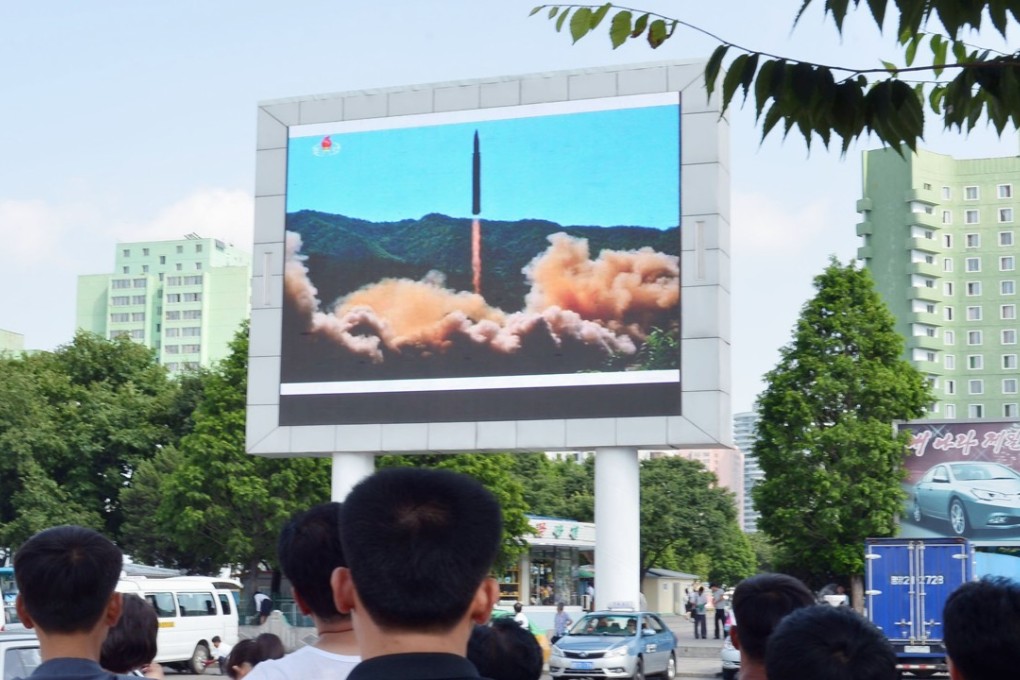The long-kept secret behind primitive North Korea’s modern nuclear weaponry
The reclusive state did have a few helpful friends

The success of North Korea’s first intercontinental ballistic missile, possibly capable of reaching the US state of Alaska, has sparked speculation over how the isolated country managed to advance the technology so much faster than expected.
Experts said available images of Pyongyang’s missiles showed obvious Russian traits, but most likely they were developed with the Norths own technology developed over decades.

“All the missiles so far revealed by Pyongyang could be clearly traced back to a couple of older Russian models they acquired decades ago,” said Zhao Tong, a fellow in the nuclear policy programme at the Carnegie-Tsinghua Centre for Global Policy.
That included the latest Hwasong-14 tested on July 4 with an estimated range of more than 6,000km, which qualifies as an intercontinental ballistic missile.
Its liquid-fuel engine – as well as that of its predecessor, the 3,700km-range Hwasong-12 – originated from an old Soviet R-27 Zyb submarine-launched ballistic missile (SLBM), Zhao said.
